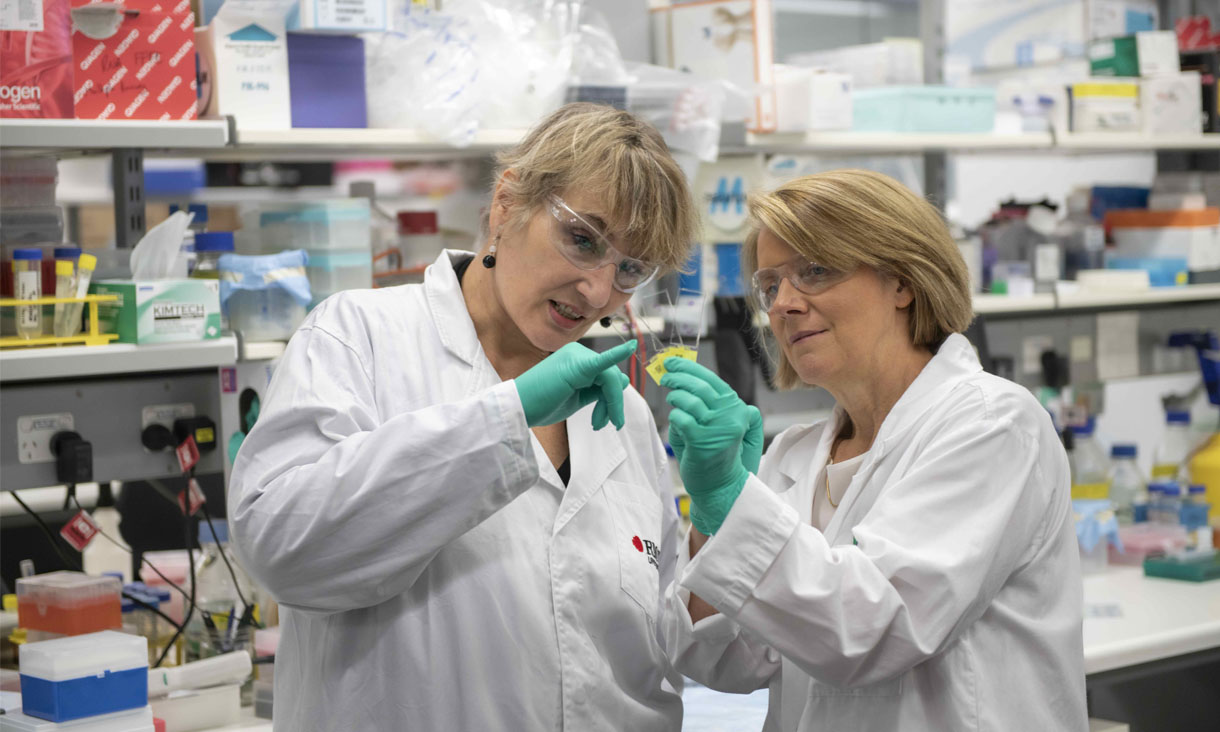Part-problem, part-opportunity
The technology, which has advanced significantly in recent years, was found to be both an opportunity and threat to journalism.
For example, Apple recently suspended its automatically generated news notification feature after it produced false claims about high-profile individuals, including false deaths and arrests, and attributed these false claims to reputable outlets, including BBC News and The New York Times.
While AI can perform tasks like sorting and generating captions for photographs, it has well-known biases against, for example, women and people of colour.
But the research also identified lesser-known biases, such as favouring urban over non-urban environments, showing women less often in more specialised roles, and ignoring people living with disabilities.
“These biases exist because of human biases embedded in training data and/or the conscious or unconscious biases of those who develop AI algorithms and models,” Thomson said.
But not all AI tools are equal. The study found those which explain their decisions, disclose their source material, and ensure transparency in outputs regarding their use are less risky for journalists compared to tools that lack these features.
Journalists and audience members were also concerned about generative AI replacing humans in newsrooms, leading to fewer jobs and skills in the industry.
“These fears reflect a long history of technologies impacting on human labour forces in journalism production,” Thompson said.
The report, designed for the media industry, identifies dozens of ways journalists and news organisations can use generative AI and summarises how comfortable news audiences are with each.
It summarises several of the team’s research studies, including the latest peer-reviewed study, published in Journalism Practice.
Portions of the underlying research in the report were financially supported by the Design and Creative Practice, Information in Society, and Social Change Enabling Impact Platforms at RMIT University, the Weizenbaum Institute for the Networked Society / German Internet Institute, the Centre for Advanced Internet Studies, the Global Journalism Innovation Lab, the QUT Digital Media Research Centre, and the Australian Research Council through DE230101233 and CE200100005.
Generative AI and Journalism: Content, Journalistic Perceptions, and Audience Experiences is published by RMIT University (DOI: 10.6084/m9.figshare.28068008).
Old Threats, New Name? Generative AI and Visual Journalism is published in Journalism Practice (DOI: 10.1080/17512786.2025.2451677).
Story: Aеden Ratcliffе




